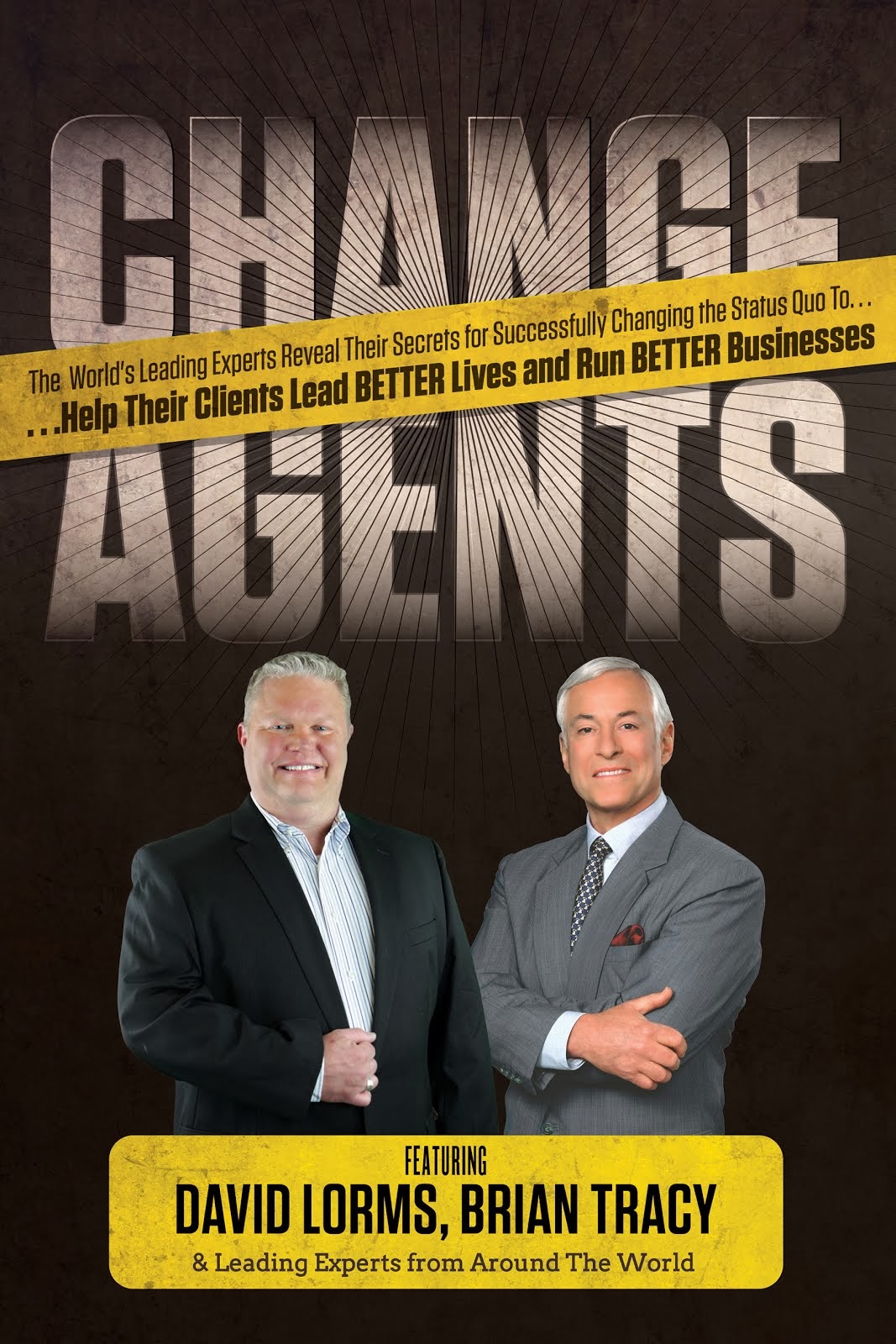
Marshall Hill stands in his rebuilt master bedroom. Flooding after Hurricane Katrina damaged his home.
By H. Darr Beiser, USA TODAY
By Sandra Block, USA TODAY
Five years after Hurricane Katrina leveled a large part of the Gulf Coast, homeowners as far away as Maine are still paying the bill.
Home insurance rates for some coastal areas have shot up 30% or more. Thousands of homeowners who live along the East Coast have had their policies canceled. And when the next disaster hits, many homeowners will be forced to bear a greater share of the cost of rebuilding.
Insurance industry executives say the unprecedented cost of Katrina, combined with predictions of more violent weather in the future, forced insurers to review their exposure to vulnerable areas.
Insurance companies "decided they couldn't be all things to all people," says Don Griffin, vice president of personal lines for the Property Casualty Insurers Association of America. "Some of the very large companies looked at their whole coastline and realized even New York has a fairly significant exposure should a major event hit there."
HURRICANE KATRINA: Five years later
FEDERAL INITIATIVE: Huge losses put flood insurance plans in the red
Homeowners, meanwhile, are still dealing with the limitations of their pre-Katrina coverage. Marshall Hill, 46, of D'Iberville, Miss., says State Farm promptly paid his claim after the hurricane hit his four-bedroom, 2,000-square-foot ranch house. But the insurer covered only about $48,000 of the $125,000 in damages to his home. Damage caused by rising water wasn't covered by his homeowners policy, and Hill didn't have federal flood insurance.
Hill took out a second mortgage and a Small Business Administration disaster assistance loan to make up the difference between his insurance payout and the cost of rebuilding the home. Hill now has a federal flood insurance policy that costs about $200 a year. He says he didn't have any trouble getting another policy from State Farm for not much more than he paid before Katrina.
"As ugly as the whole thing was, we actually felt kind of fortunate," Hill says.
Others haven't been as lucky. What has changed:
Higher rates
From 2005 through 2007, the latest figures available, the average premium for homeowners insurance in the USA increased 7.6%, according to a survey by the National Association of Insurance Commissioners. But the average doesn't reflect what many homeowners have experienced. Some inland states saw much more modest increases, while homeowners in coastal areas experienced double-digit rate increases.
In Florida, for example, average premiums jumped 41% from 2005 through 2007, according to the NAIC survey. Average rates in Louisiana rose 22%. Rhode Island homeowners saw their rates go up by nearly 12%, while average premiums for New York homeowners rose 11%.
"After the insurance industry looked at the devastation caused by Katrina, it said the underwriting price (for homeowners insurance) should be higher than it is," says Bill Sinn, insurance industry director for Pitney Bowes Business Insight.
Homeowners who live far from the ocean shouldn't assume they're immune to disaster-related rate increases, says Ross Buchmueller, chief executive officer at PURE (Privilege Underwriters Reciprocal Exchange), an insurer that provides insurance to homeowners with high-end coastal properties. After coming ashore in Texas in September 2008, Hurricane Ike moved inland and caused $1 billion in insured losses in Ohio, he says. That has led insurers to review their pricing models to determine whether they've accounted for the risk of inland storms, he says.
An exodus by large insurers
Starting this month, State Farm Florida will drop 125,000 Florida homeowners whose policies are up for renewal, representing about 15% of its business in that state. State Farm hasn't written any new policies in Florida since February 2008.
It could have been worse: State Farm threatened to pull out of Florida altogether last year after state regulators turned down a request for a 47% rate increase. Under a consent order reached with regulators in December 2009, the insurer agreed to keep 550,000 State Farm policyholders and raise rates by about 15%.
Florida was hit by eight hurricanes from 2004 through 2005, says State Farm spokesman Chris Neal. The costs of those disasters made it unprofitable for State Farm to stay in Florida, Neal says.
While the consent order will stabilize State Farm in the short term, it doesn't guarantee the insurer will remain in Florida, Neal says. "When you're paying out more than you're taking in, you can't sustain that forever."
Similar pullbacks have occurred throughout the country, including in regions that haven't experienced a major hurricane in years. Since Katrina, major insurers such as State Farm, Allstate and MetLife have reduced coverage in parts of New York, Connecticut, New Jersey, Rhode Island, Maryland and Massachusetts.
Katrina, along with a record number of hurricanes in 2004, led some insurers to conclude "they were too exposed to coastal areas given the premiums they were able to charge," says Robert Hartwig, president of the Insurance Information Institute, an insurance-industry-funded educational organization.
Consumer advocates contend that major insurers have used Katrina and other disasters as an excuse to get out of a less-profitable segment of their business. For large insurers, "auto insurance is a lot more profitable than homeowners" insurance, says Amy Bach, executive director of United Policyholders, a consumer rights group. "It's just a business strategy."
New players
While some major insurers have moved out of coastal areas, others have stepped in to fill the vacuum, Hartwig says. "Coverage is available, and it remains affordable in these areas, although it's more expensive than it was five years ago," he says.
Howard Mills, director and chief adviser of Deloitte's Insurance Industry Group and former superintendent of the New York State Insurance Department, agrees. The impact of non-renewals in coastal states "was not nearly as great as people would have thought, because other insurers really jumped into the breach," he says.
For example, PURE, which insures homes valued at $1 million or more, now provides insurance to about 8,000 families in 17 states. The company's decision to launch its business in Florida in 2007 "was directly related to the lack of availability" of insurance in that state for high-end homes, Buchmueller says.
But some of the new players are small and untested, raising questions about their ability to withstand the cost of a major disaster. For example, some start-up companies that are writing homeowners policies in Florida are financially unstable, says Weiss Ratings, an independent provider of ratings for financial institutions.
Royal Palm Insurance and Edison Insurance, both of which opened for business in Florida in 2006, are rated E+, or "very weak." People's Trust Insurance, which began operating in 2008, is rated D-, or "weak."
"The percentage of companies rated E+ that subsequently are subject to regulatory takeover by insurance commissioners is very high," says Martin Weiss, president of Weiss Ratings. "They go bankrupt at a high rate."
Michael Gold, chief executive and founder of People's Trust, says his company, which has 30,000 policyholders, has sufficient capital to withstand a hurricane of even greater magnitude than Katrina. "We're not the teeny company Weiss thinks we are, and they really don't have an idea of all the capital we have," he says.
Royal Palm and Edison Insurance didn't respond to requests for comment.
Higher deductibles
Insurers that are still providing coverage in coastal and other high-risk areas are increasingly charging a percentage-based deductible, which could cost some policyholders thousands of dollars after a hurricane, earthquake or hailstorm. Unlike a flat deductible, which is based on a specific amount, such as $500, a percentage deductible is based on the insured value of the home. For example, if the insured value is $200,000 and the policy has a percentage-based deductible of 1%, the homeowner could be forced to pay $2,000 out of pocket.
In most cases, percentage deductibles are limited to certain types of damages, such as hurricane-related claims, Mills says: "It's fairly specific and is intended to spread the risk around." While percentage-based deductibles have been around for years, their use has risen since Katrina, he says.
Bach says the insurer that covers her parents' Long Island, N.Y., home switched them from a $500 flat deductible to a percentage-based deductible of 5% after Katrina. "We felt lucky they didn't get dropped," she says.
Emphasis on prevention
Griffin says Katrina demonstrated the need for tougher building codes and standards, particularly in vulnerable areas. Some homes that were built using more stringent construction standards sustained minor roof damage from Katrina, while older homes located right across the street were wiped out, he says.
Under a law passed by the Florida Legislature in 2008, some owners of high-end homes risk losing their coverage from state-owned Citizens Property Insurance unless they install hurricane-resistant windows and doors. Citizens is the largest property insurer in Florida.
But a new report by the Institute for Business & Home Safety, a research organization funded by the insurance industry, said states haven't done enough to promote disaster-resistant construction.
"Building codes along the Gulf Coast today are mostly disappointing, with only Louisiana getting high marks for taking proactive steps to adopt a statewide building code," Wanda Edwards, IBHS' director of code development, said in a statement.
Hill says he believes his rebuilt home is strong enough to withstand another hurricane — and will be in even better shape after he installs a more hurricane-resistant roof next summer. "This is home," he says. "Mother Nature is not going to run me off."





